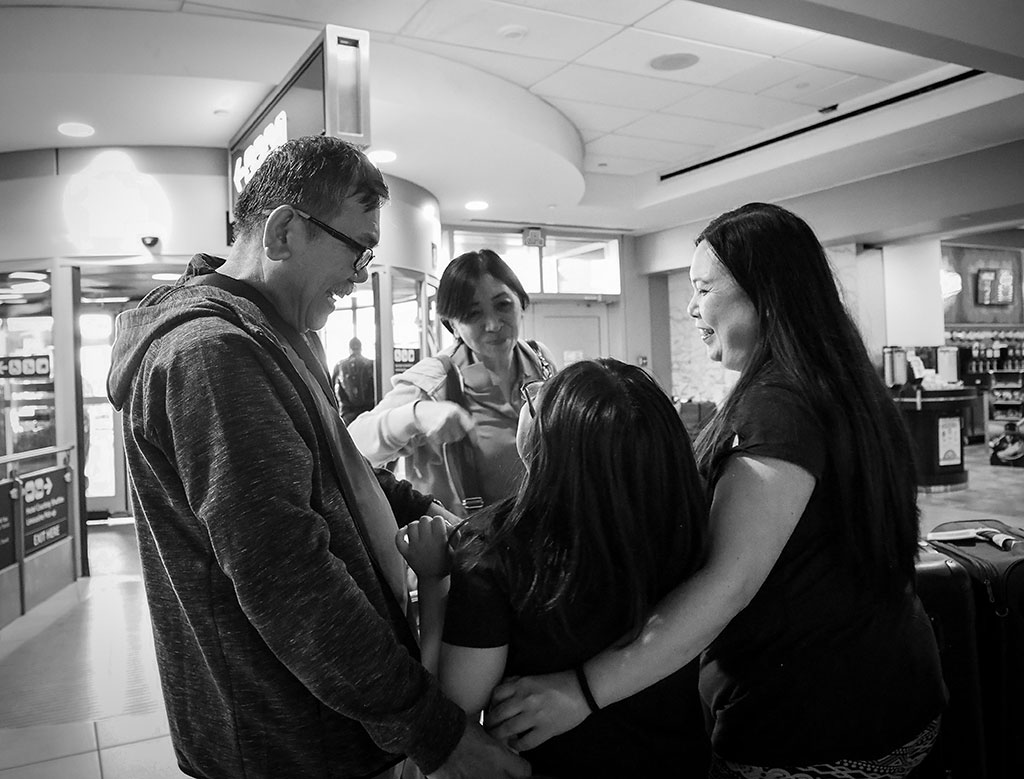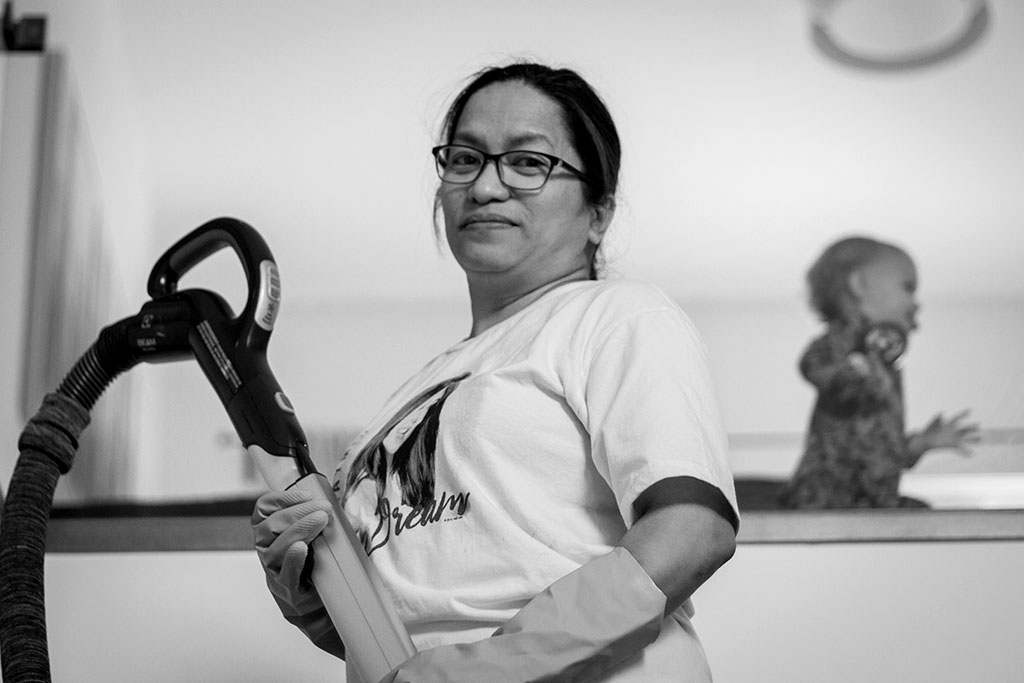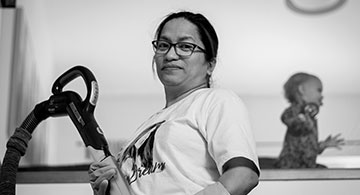 August 17 and August 31 marks the official launch of the Kwento’t Litrato – Stories of Filipino Migrant Life in Alberta photo exhibit in Calgary and Edmonton respectively. These events are the culmination of a series of photo workshops that were held in both cities.
August 17 and August 31 marks the official launch of the Kwento’t Litrato – Stories of Filipino Migrant Life in Alberta photo exhibit in Calgary and Edmonton respectively. These events are the culmination of a series of photo workshops that were held in both cities.
Jay Zapata, the Vice Chairperson of Migrante and a participating artist, said that “This project aims to extend the organization’s reach and community involvement through more engaging and accessible activities.” In this age of social media, digital photography has become one of the most powerful tools which individuals use to express themselves and keep up with the society they live in. The availability of both these platforms and the presence of the already visually creative minds within the Filipino community gives artists an opportunity to do more in a field that they are interested in. “We are securing another avenue that could bring in more active participation as well as visual materials that could be used to raise the general public’s awareness on migrant and social issues,” Zapate says. He adds, “This ultimately helps the organization in gaining the public support it needs to accomplish its goal of enriching migrant lives in Alberta and to contribute to that rich history of migration in the province.”
Migrante has a higher capacity to engage in this project. The organization has experience in producing and disseminating different publications which include “Bridging the Gap: The History of Migration in Canada” published last year. That project was supported by the Province of Alberta through the Canada 150 grant.
 Likewise, Migrante has the great ability to move this project forward. In Alberta, the organization has chapters in Edmonton, Red Deer and Calgary, with over 90 members across Alberta.
Likewise, Migrante has the great ability to move this project forward. In Alberta, the organization has chapters in Edmonton, Red Deer and Calgary, with over 90 members across Alberta.
Imanwel Saturay, a professional photographer and well-rounded artist, is the mentor and facilitator of the workshops. He is also a refugee in the Netherlands. His family was a victim of former Philippine President Gloria Macapagal Arroyo’s counter-Insurgency program. Arroyo has now been appointed speaker by current president Rodrigo Duterte.
“Photography by itself is already one of the most accessible forms of media among the masses in both the online and offline world. Visual storytelling breaks many challenges brought about by language barriers and other time-demanding art forms. Our daily consumption of visual imagery shows undeniable interest in photography and propelled the successes of many image-sharing social media platforms such as Instagram and Flickr. The tools are no longer as restricting as they used to be,” Saturay said. “To great extent, most already own a photography device that we carry around daily – from smartphones, to entry level cameras to more advanced photography equipment”. He added.
Saturay does not focus on equipment but rather, on composition and story telling. In his workshops, he talks about how your pictures connect with the people looking at it. He also connected with many migrants and immigrants in the province.
“While photography is one of the most accessible mediums of expression,” Saturay comments, “those who are interested in pursuing a more socially relevant use of the camera and bringing their work to wider audiences are faced with prohibitingly expensive personal cost. As a result, the accessibility is quickly reduced to those with established names, and to those with the luxury of time, network and resources at their disposal: an exclusive and elite club that many struggling migrant and youth workers cannot afford.”
There are 175,000 Filipinos residing Alberta, which makes up to 4.3% the province’s population (source: Statistics Canada). Many of these are workers of different backgrounds and stories and they have faced challenges, exploitation and injustices similar to many marginalized groups across the globe. By identifying the creatives among this community and giving them the training, context and tools to use digital photography as a medium of expression, we are giving a voice to a large group of migrant workers not only limited to the Filipino community but to other faces and stories behind the statistics.
There are many social, legal and cultural issues that migrant workers experience on a daily basis that need to be discussed and addressed. Building a strong community that encourages participation in tackling these issues can be extremely challenging, especially when there is lack of awareness of such issues that has a direct impact in their lives, and understanding what they can do as a community to address it. In the meantime, inviting and fun projects that explore common interests such as photography is an effective way to jump start participation while these workshops and exhibitions about migrant life in Alberta are excellent venues for the community to meet.
The project is funded and supported by the Province of Alberta’s Community Initiatives Program (CIP). “We can make photography accessible for everyone by providing free and accessible venues for these creatives to meet, learn and work with each other. Migrants, who are often the voiceless, will have a space to tell their stories,” said Jay Zapata. Participants will also acquire invaluable experience of being directly involved in a book publication that will be published in the spring. The Edmonton launch is on the 31st of August and the exhibit will last until September 7 at the Edmonton City Hall.



